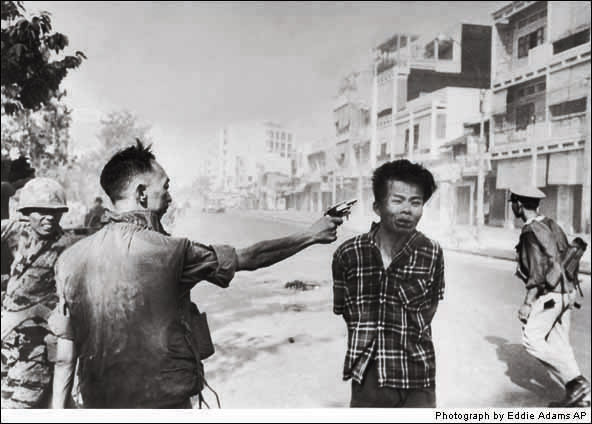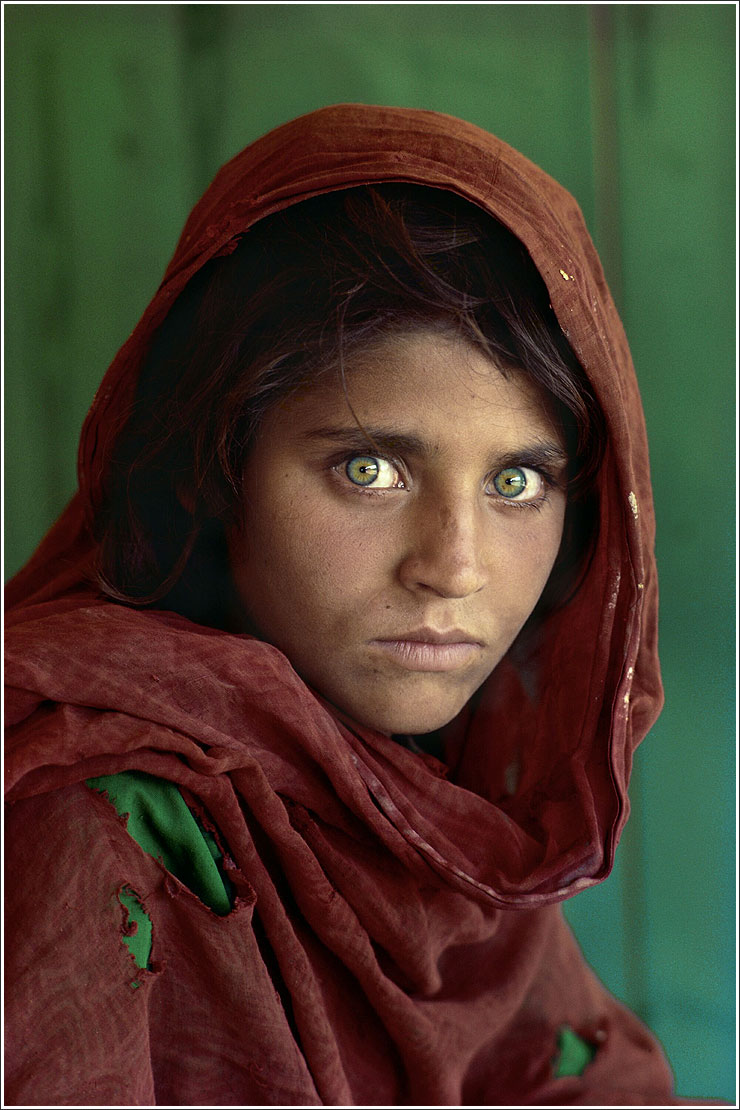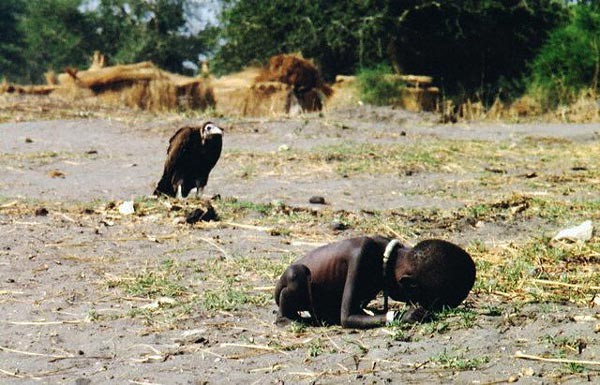Shooting People
Part Five: Hitting the Streets
Part Five: Hitting the Streets
Now, we are ready to head out and start shooting pretty much anywhere.
Now, I feel a little nervous in writing this, as I don't consider myself a great photographer, so I don't believe it is within me to help others take great photos. What I do think though is that I am a decent enough photographer and I also know enough that it is likely that you can take the information I am offering and make photos better than I do. This section is designed to pass on some of the things I have learned, as well as some of the things in photography which always seem to work.
My first and foremost suggestion when shooting strangers is not to rush. Nothing puts people off more than when you walk into a situation and immediately start snapping. That very act is enough to ensure that you get lots of nasty looks as well as lots of photos where people look stiff and uncomfortable. If you are in such a hurry to get your shot, maybe people shooting isn't to be your thing.
Ansel Adams once said, ""A good photograph is knowing where to stand. While Ansel was most likely speaking of landscape photography when he said that, it is no less true when it comes to shooting people. Like all things in life, we are best when we start off at a somewhat elementary level and progress into the more challenging (albeit more rewarding) zones. With this in mind, it is much more difficult and daunting to stand close to someone and shoot than it is to shoot from a distance.
Shooting from a distance seems easier then. Let's start there. Standing back from a distance and shooting with a telephoto lens, or with your lens zoomed out, can make for some really attractive photos and is a very worthwhile starting point. The advantages to doing so is that you give both you and your subject some breathing room. I still like to see some of the photos that are done this way, and I would take more of them myself if I wasn't just too damned lazy to carry my heavy telephoto lens around more often.
 Man With a Smoke
Man With a Smoke
Saigon, Viet Nam
My first and foremost suggestion when shooting strangers is not to rush. Nothing puts people off more than when you walk into a situation and immediately start snapping. That very act is enough to ensure that you get lots of nasty looks as well as lots of photos where people look stiff and uncomfortable. If you are in such a hurry to get your shot, maybe people shooting isn't to be your thing.
Watching Some Tube
Taipei, Taiwan
What I suggest doing is to walk into an area and just hang around for a while. This has so many advantages. First off, it allows people to get used to you. You will be surprised at how quickly people even forget that you are there if you simply stand around and observe for a while first. The more at ease people are, the better they usually look in photos. Secondly, by hanging around for a bit first, you can get a real feel for the flow of that area; you will know in short order who are the most interesting folks around, in what direction and at what pace things move and just know in general how things work in that little ecosystem. Another plus to spending a little time first before shooting is that you can spend some time thinking about what spots will give you the best angles, what nasty things might end up in the photo if you work too quickly, if there is light in some way which is interesting, such as an odd reflection, or a shaft of light that you might not have noticed, or any number of other little details which are most easily seen once you give yourself the advantage of time.Taipei, Taiwan
Bifocals
Taipei, Taiwan
Now, it does not have to be ages that you spend waiting before you shoot. Once you have practiced this and your body language is such that you seem nonthreatening and natural in that element, you can sometimes be ready to make some great photos in less than a minute. In other cases, it might take ten minutes; every circumstance is different, as is every photographer. The bottom line though is that if you rush, you will most often damage any chance you had at taking good photos at that scene at that time.Taipei, Taiwan
The above photo is a good example of noticing something simply because I was not rushing around. I was out shooting with a photographer friend when we came across this guy. As his head was down towards his newspaper, his eye ware set up wasn't really obvious to the passerby. My friend moved right on by, but since I was wandering more slowly and looking at details, I noticed and was able to get an interesting shot.
Ansel Adams once said, ""A good photograph is knowing where to stand. While Ansel was most likely speaking of landscape photography when he said that, it is no less true when it comes to shooting people. Like all things in life, we are best when we start off at a somewhat elementary level and progress into the more challenging (albeit more rewarding) zones. With this in mind, it is much more difficult and daunting to stand close to someone and shoot than it is to shoot from a distance.
Shooting from a distance seems easier then. Let's start there. Standing back from a distance and shooting with a telephoto lens, or with your lens zoomed out, can make for some really attractive photos and is a very worthwhile starting point. The advantages to doing so is that you give both you and your subject some breathing room. I still like to see some of the photos that are done this way, and I would take more of them myself if I wasn't just too damned lazy to carry my heavy telephoto lens around more often.
 Man With a Smoke
Man With a SmokeSaigon, Viet Nam
With the comfortable working distance and a tendency for a long lens to blur the background (not exactly true, but close enough for what we are discussing here), there is a lot of fun to be had working this way. I will talk about the disadvantages to this method later, but those should not dissuade you from giving things a go.
Now, it is really important to me that I make this point. Shooting with a longer lens from a bit further away does NOT mean hiding behind trees and shooting when people are totally unaware. I consider that guerrilla photography and I believe it verges on immoral. Such practices give all photographers a bad name and there is no way in the world I would ever give you a pat on the back for doing so. If you want to join the paparazzi, move to Hollywood and chase Paris Hilton; just don't think you are adding anything positive to anything. Some things are right, some are wrong and hiding behind things to get your photos is the latter in my not so humble opinion.
So, there you have a starting point. Keep a respectful distance, don't hide, zoom out and snap away. There are lots of reasons why this works and as we want to build on success, this all makes sense.
Now, it is really important to me that I make this point. Shooting with a longer lens from a bit further away does NOT mean hiding behind trees and shooting when people are totally unaware. I consider that guerrilla photography and I believe it verges on immoral. Such practices give all photographers a bad name and there is no way in the world I would ever give you a pat on the back for doing so. If you want to join the paparazzi, move to Hollywood and chase Paris Hilton; just don't think you are adding anything positive to anything. Some things are right, some are wrong and hiding behind things to get your photos is the latter in my not so humble opinion.
So, there you have a starting point. Keep a respectful distance, don't hide, zoom out and snap away. There are lots of reasons why this works and as we want to build on success, this all makes sense.
Into the Light
Damnoen Saduak Floating Market
Nakhon Pathom, Thailand
Damnoen Saduak Floating Market
Nakhon Pathom, Thailand
So, get out there, shoot from a distance and have some fun!

















































